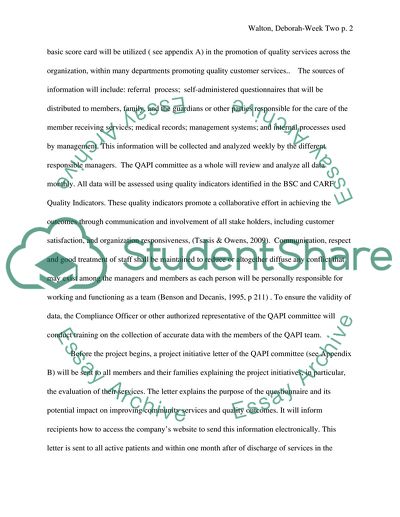Cite this document
(“Implementation Plan for the Solution Personal Statement”, n.d.)
Implementation Plan for the Solution Personal Statement. Retrieved from https://studentshare.org/social-science/1728047-research-utilizaiton-project-improving-quality-intiatives-standards-section-d-e
Implementation Plan for the Solution Personal Statement. Retrieved from https://studentshare.org/social-science/1728047-research-utilizaiton-project-improving-quality-intiatives-standards-section-d-e
(Implementation Plan for the Solution Personal Statement)
Implementation Plan for the Solution Personal Statement. https://studentshare.org/social-science/1728047-research-utilizaiton-project-improving-quality-intiatives-standards-section-d-e.
Implementation Plan for the Solution Personal Statement. https://studentshare.org/social-science/1728047-research-utilizaiton-project-improving-quality-intiatives-standards-section-d-e.
“Implementation Plan for the Solution Personal Statement”, n.d. https://studentshare.org/social-science/1728047-research-utilizaiton-project-improving-quality-intiatives-standards-section-d-e.


